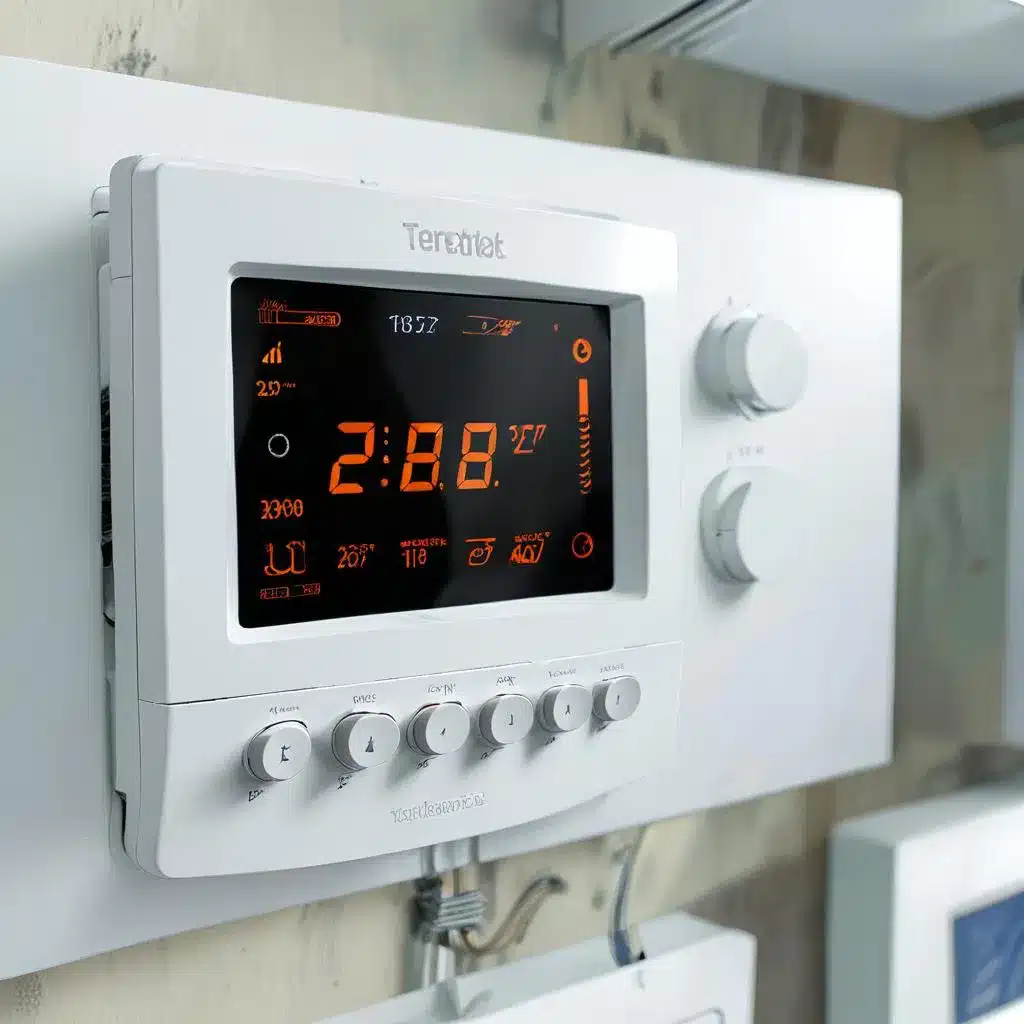Table of Contents
During the cold season, it is important to properly regulate the room temperatures in your home. Ideally, bedrooms should be around 16-18°C and living rooms around 20°C. However, constantly adjusting the heating can be exhausting, especially in the colder months. Manually operating thermostats often leads to irregular temperatures, which not only affects comfort but also increases heating costs. Smart solutions such as programmable thermostats offer a simple and efficient way to save both energy and time.
Save money and feel better
A pleasant indoor climate is just as important for your health as a balanced diet and regular exercise. High-quality foods such as extra virgin olive oil, fresh fruit and vegetables also play an important role. However, many households suffer from an unbalanced indoor climate caused by air that is too dry or too warm. This is often due to faulty heating control or an incorrect set thermostat. Rooms that are too cold or too hot are not only unpleasant, but can also cause respiratory problems.
Various heating systems, such as gas heating, underfloor heating or modern heat pumps, help to create an optimal indoor climate. Smart, programmable thermostats that automatically adjust the heating are ideal for controlling the temperature optimally. This is particularly useful in households with small children, who often play with heating controls. Smart thermostats ensure that the temperature remains constant without having to be readjusted manually. However, if technical problems do occur, such as with a heat pump, certified heat pump repair specialists can help get the system up and running again.
A good indoor climate reduces health risks
A well-balanced indoor climate not only has a direct impact on comfort, but also on health. Rooms that are too cold or too warm can significantly increase the risk of respiratory diseases, especially for children and the elderly. If the air is too dry, the mucous membranes in the respiratory tract can dry out, which can lead to infections and irritation. Maintaining the right level of humidity and constant temperatures is crucial to minimize these health risks.
Humidity supports respiratory health
Studies show that relative humidity between 40 and 60% is ideal. Excessively low humidity, especially in winter, can facilitate the transmission of viruses because dry air reduces the size of droplets in the air we breathe and allows them to remain airborne for longer. A study by MIT emphasizes that rooms with humidity in this “sweet spot” experience less spread of infectious diseases
Smart, programmable thermostats help to create these ideal conditions by maintaining a constant temperature and avoiding fluctuations that can cause dry air. A poorly regulated heater, on the other hand, can cause overheated rooms, which not only affects comfort but also worsens air quality. A constant indoor climate plays an important role in preventing respiratory diseases, especially in children, who are more sensitive to temperature fluctuations.
Cost savings through programmable thermostats
In addition to comfort, programmable thermostats also offer a major financial advantage. According to the U.S. Environmental Protection Agency (EPA), households can save up to 10% on heating costs by using such systems. Smart thermostats make it possible to control the heating precisely according to the rhythm of life. This means that you can turn the heating down during the day when no one is at home and turn it back up just before you get home.
This prevents energy from being wasted. Particularly in the US, studies have shown that the use of such thermostats in combination with well-insulated houses can significantly reduce energy costs. The U.S. Department of Energy recommends programmable thermostats as one of the most effective measures for reducing heating costs. On average, US households save between 50 and 150 dollars a year by using such systems.
Smart support for fresh air supply
Good ventilation is essential for health and well-being, especially in well-insulated rooms. Poor air quality due to dust, mold or radon can contribute to respiratory diseases and allergies. According to the U.S. Environmental Protection Agency (EPA), regular ventilation regulates humidity and removes pollutants. Especially in winter, when windows often remain closed, fresh air is needed to improve the indoor climate and eliminate viruses.
This is where programmable thermostats can help, as they automatically turn down the heating while the windows are open, thus increasing energy efficiency. After the windows are closed, the desired temperature is restored, which saves energy and ensures a comfortable indoor climate. This not only optimizes air quality, but also avoids unnecessary energy consumption, which reduces heating costs in the long term.


